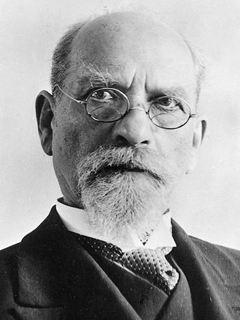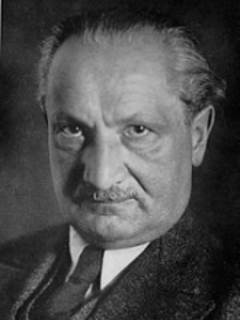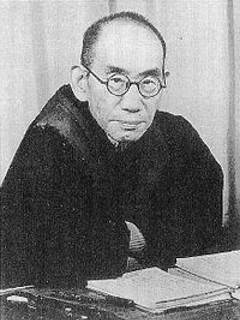

Inquiry into the I, disclosedness, and self-consciousness
Husserl, Heidegger, Nishida
pp. 15-29
in: Anthony Steinbock (ed), Phenomenology in Japan, Berlin, Springer, 1998Abstract
Consciousness — Bewußtsein — was one of the key concepts of Husserl's phenomenology. In contrast to this, Heidegger — regarded as Husserl's most outstanding pupil — placed Dasein at the center of his own phenomenology. This change in key concepts may be seen as an upheaval in the phenomenology that purports to study the "things themselves": as a shift of focus from the activity of a Bewußtsein that constitutes the Being of objects, to the passivity of a Dasein that receives the donation of Being. But there is another aspect of Dasein that lies in the concept of "Da" (disclosedness), and it implies another possibility for the development of phenomenology that Heidegger did not fully develop. Kitaro Nishida, the Japanese philosopher who introduced phenomenology to Japan during the first half of the 20th century, developed this concept in his own way by analyzing the structure of disclosedness in terms of self-consciousness. In this paper I will follow the development of phenomenology from the "I" of Husserl, through Heidegger's concept of "disclosedness," to "self-consciousness" as it is understood by Nishida.





